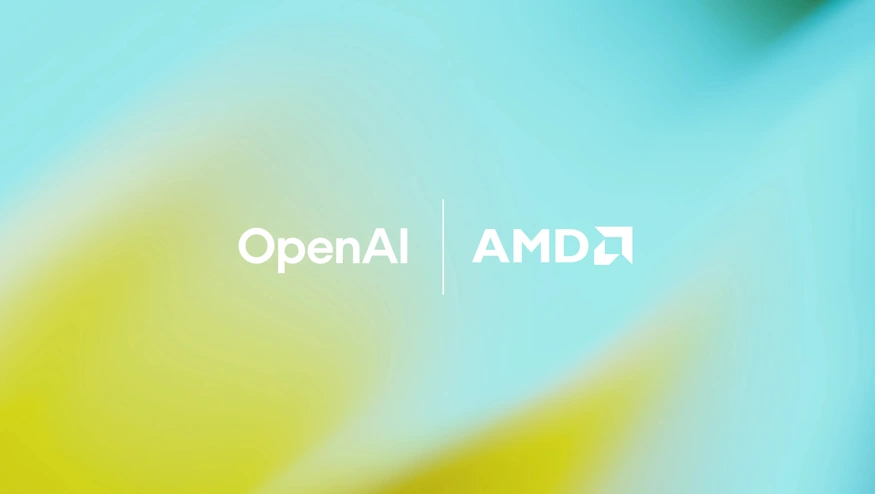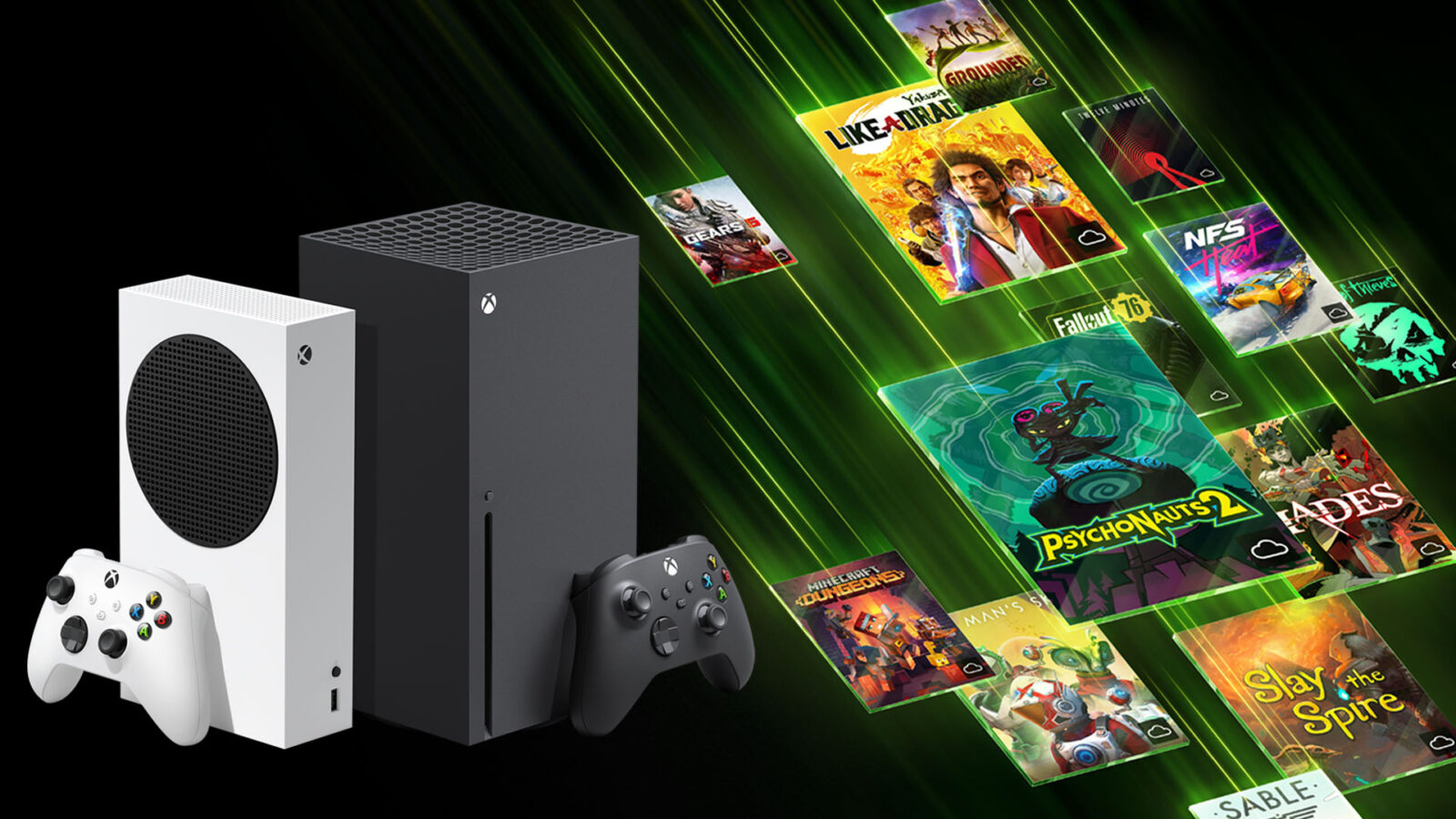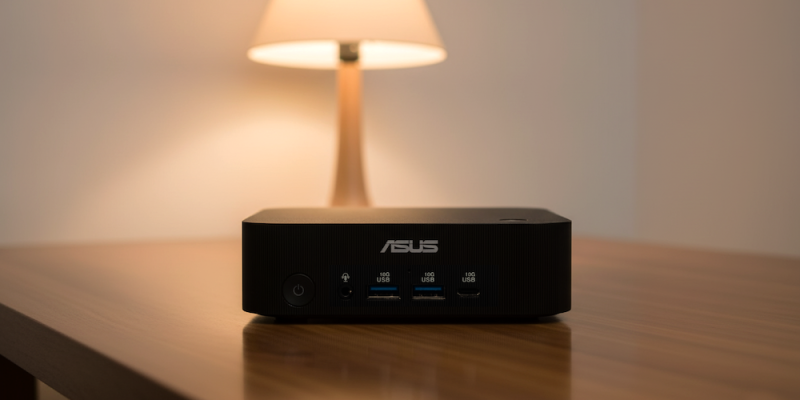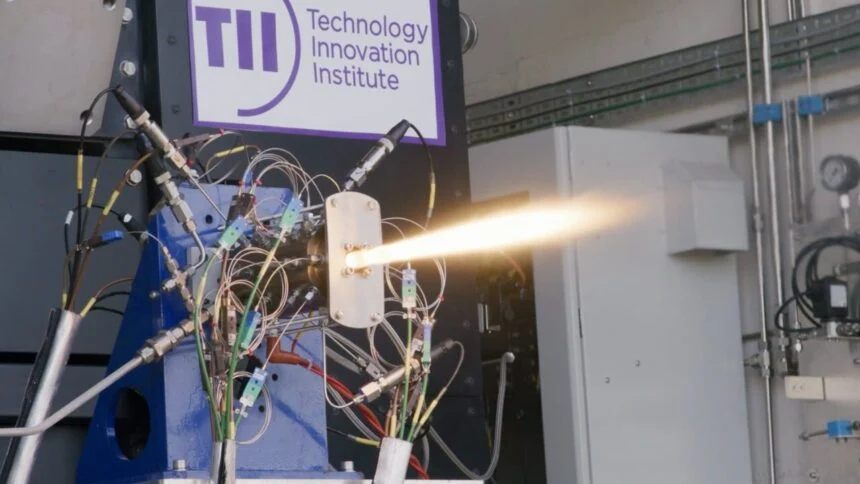AMD has announced a major five-year partnership with OpenAI that positions the chipmaker as a serious challenger to Nvidia’s dominance in the artificial intelligence hardware market. Under the agreement, OpenAI will purchase six gigawatts worth of AMD GPUs to power its expanding AI data centers, beginning with a one-gigawatt deployment of AMD’s upcoming Instinct MI450 processors in the second half of 2026.
The deal, which AMD says could bring in “tens of billions of dollars in revenue,” marks one of the largest single hardware commitments yet in the fast-growing AI sector. AMD’s stock surged 24 percent in pre-market trading following the announcement, signaling strong investor confidence in the company’s growing role in high-performance computing.
The partnership comes just weeks after OpenAI revealed a separate agreement in principle with Nvidia to deploy at least 10 gigawatts of data center capacity using Nvidia GPUs — a deal that could include up to $100 billion in investment from Nvidia once finalized. While Nvidia remains OpenAI’s “preferred strategic compute and networking partner,” AMD is now described as a “core strategic compute partner,” giving the AI firm more flexibility in sourcing its critical hardware.
According to AMD, the partnership not only strengthens OpenAI’s infrastructure but also includes an equity component: OpenAI could receive up to 160 million AMD shares — roughly a 10 percent stake — at a nominal price of one cent per share, contingent upon achieving specific performance milestones over the duration of the agreement.
OpenAI CEO Sam Altman said the partnership is essential for scaling the company’s computing capacity to meet the surging global demand for AI services. “AMD’s leadership in high-performance chips will enable us to accelerate progress and bring the benefits of advanced AI to everyone faster,” Altman said in a statement.
For AMD, this deal represents a turning point. The company has long trailed Nvidia in the AI accelerator market, despite its strong performance in CPUs and graphics hardware. With the Instinct MI450 and other upcoming GPUs, AMD aims to secure a larger foothold in the data center space, competing directly against Nvidia’s H100 and next-generation Blackwell chips that currently dominate large-scale AI training workloads.
AMD CEO Lisa Su called the collaboration a “true win-win,” emphasizing that the partnership will push forward the world’s most ambitious AI buildouts while broadening the overall AI hardware ecosystem.
The move also follows a loosening of OpenAI’s long-standing exclusivity with Microsoft, allowing the company to seek infrastructure partnerships beyond Azure. In September, OpenAI and Microsoft announced a new memorandum of understanding to reshape their relationship and potentially pave the way for OpenAI to go public.
Together, these developments signal a significant shift in the balance of power across the AI computing landscape. By aligning with both Nvidia and AMD, OpenAI is effectively hedging against supply constraints while fostering competition between the two chipmakers — a dynamic that could reshape pricing, performance, and innovation in AI infrastructure over the coming years.







